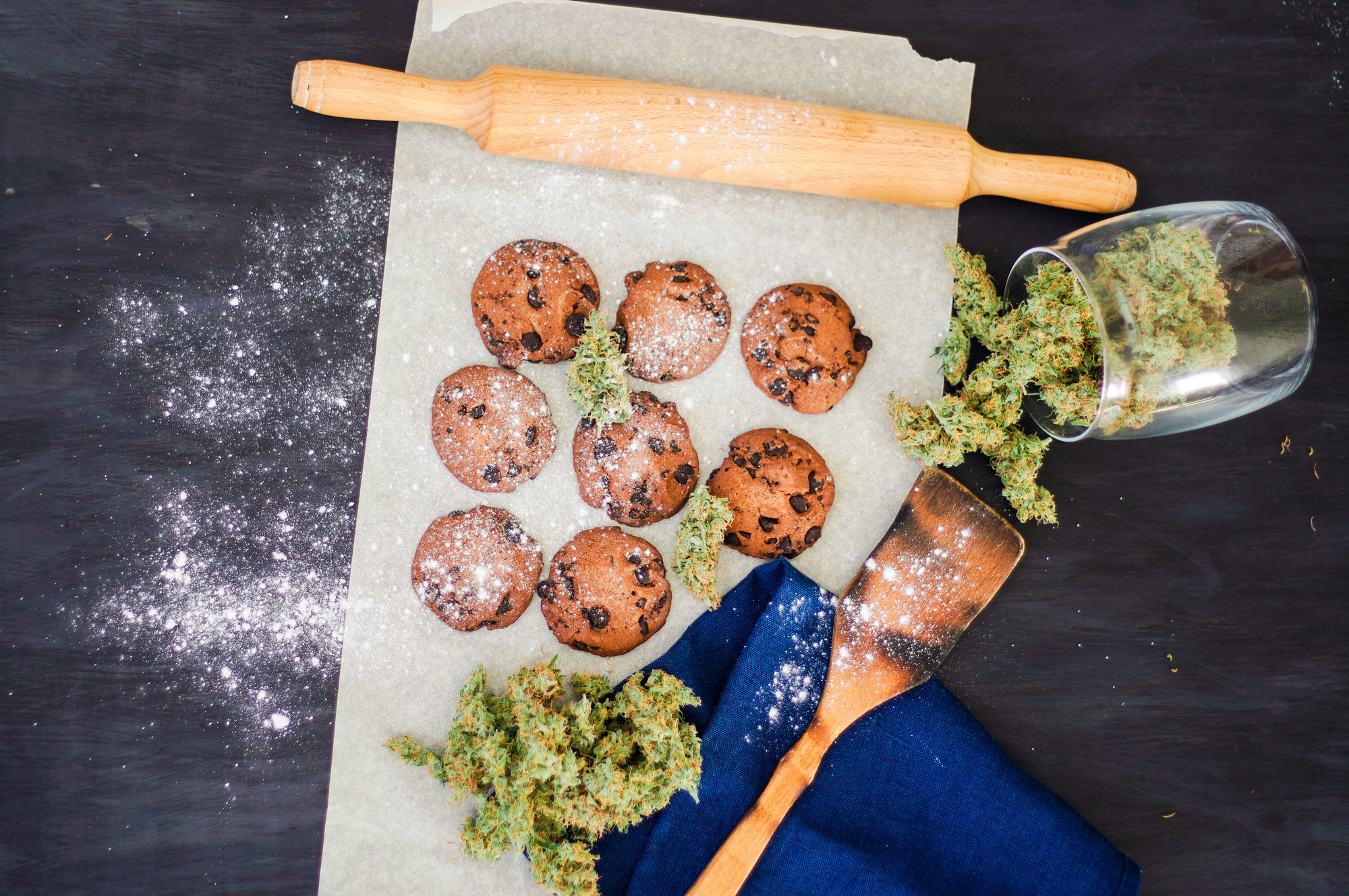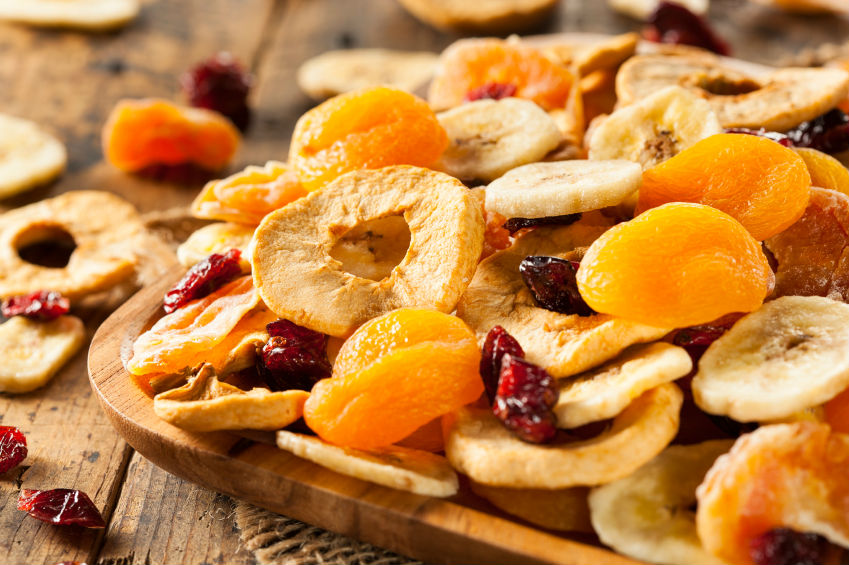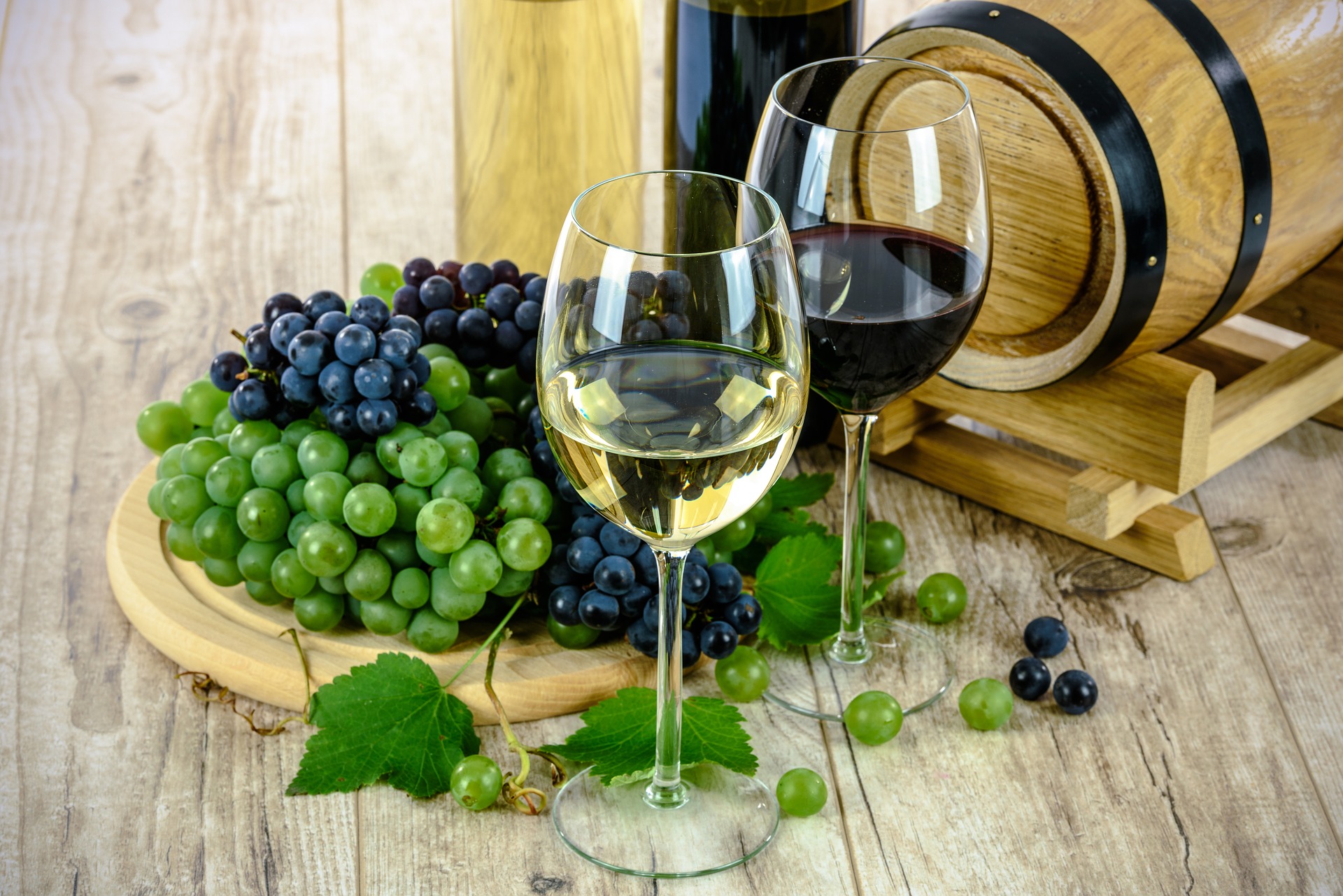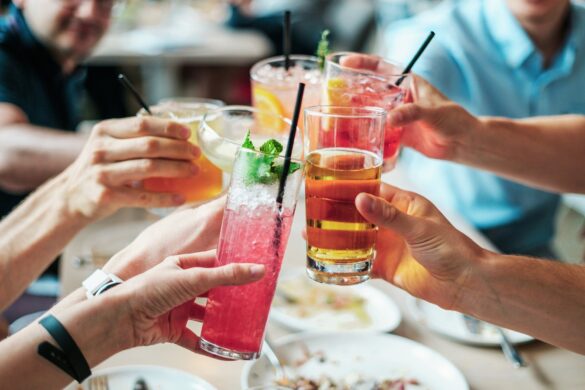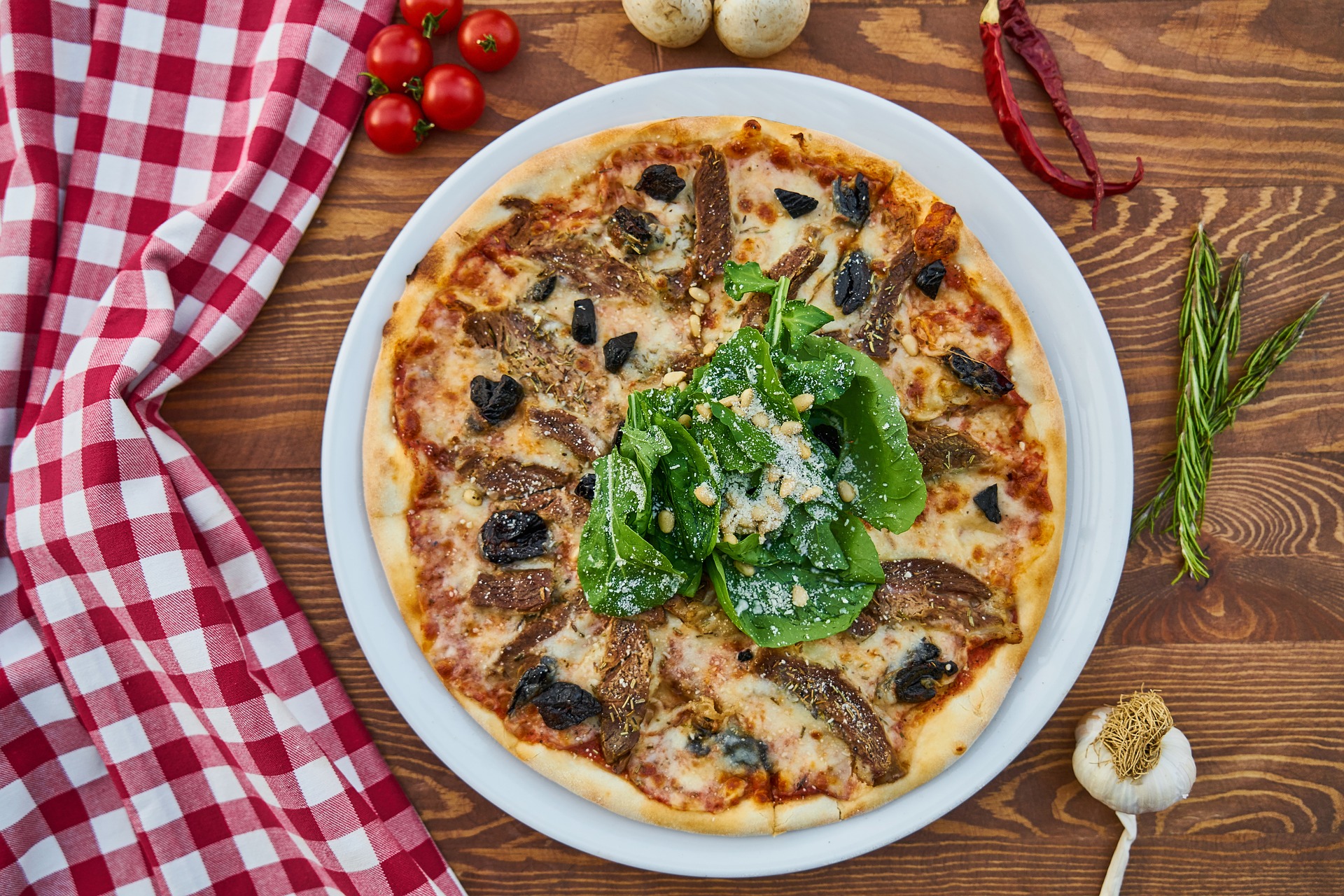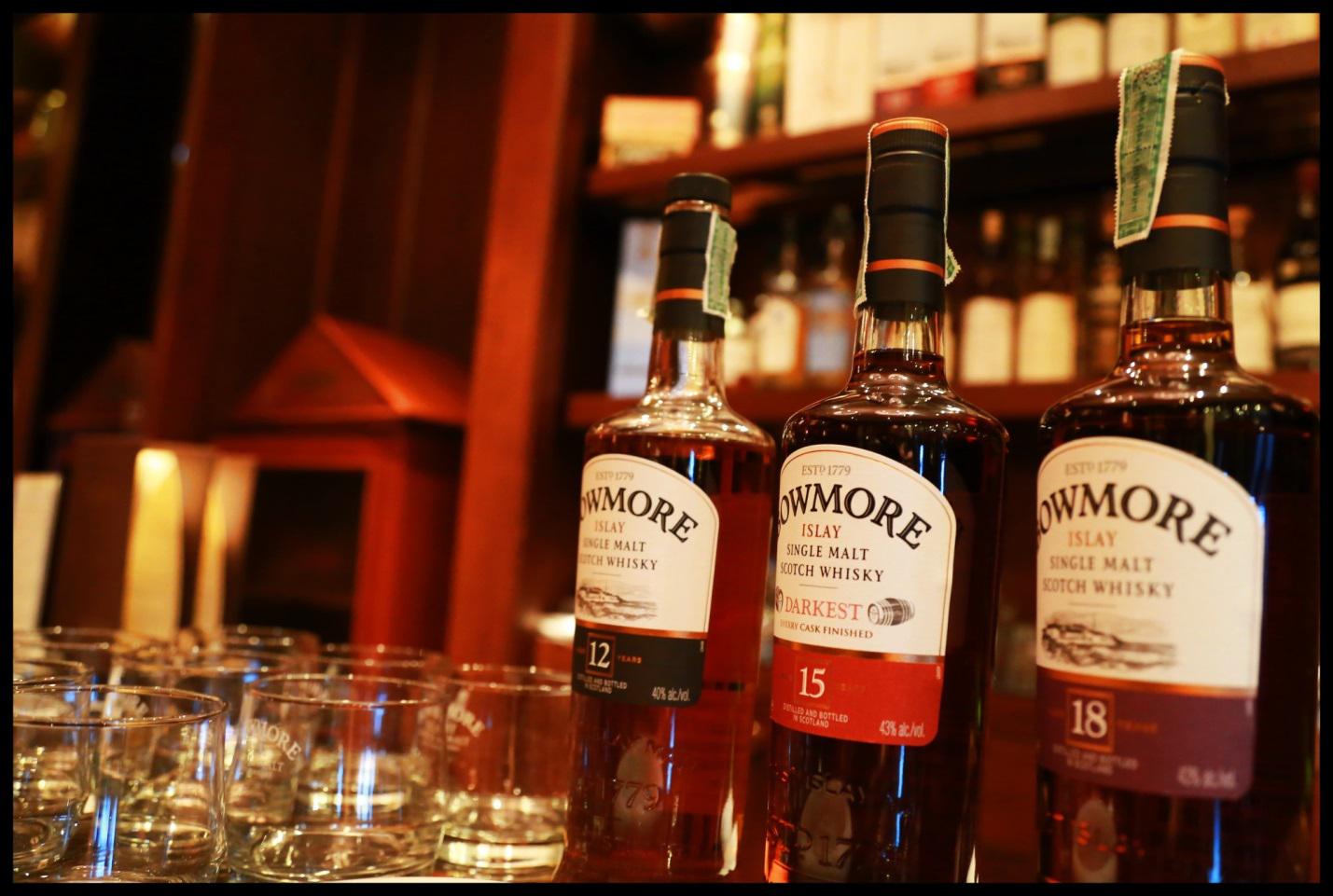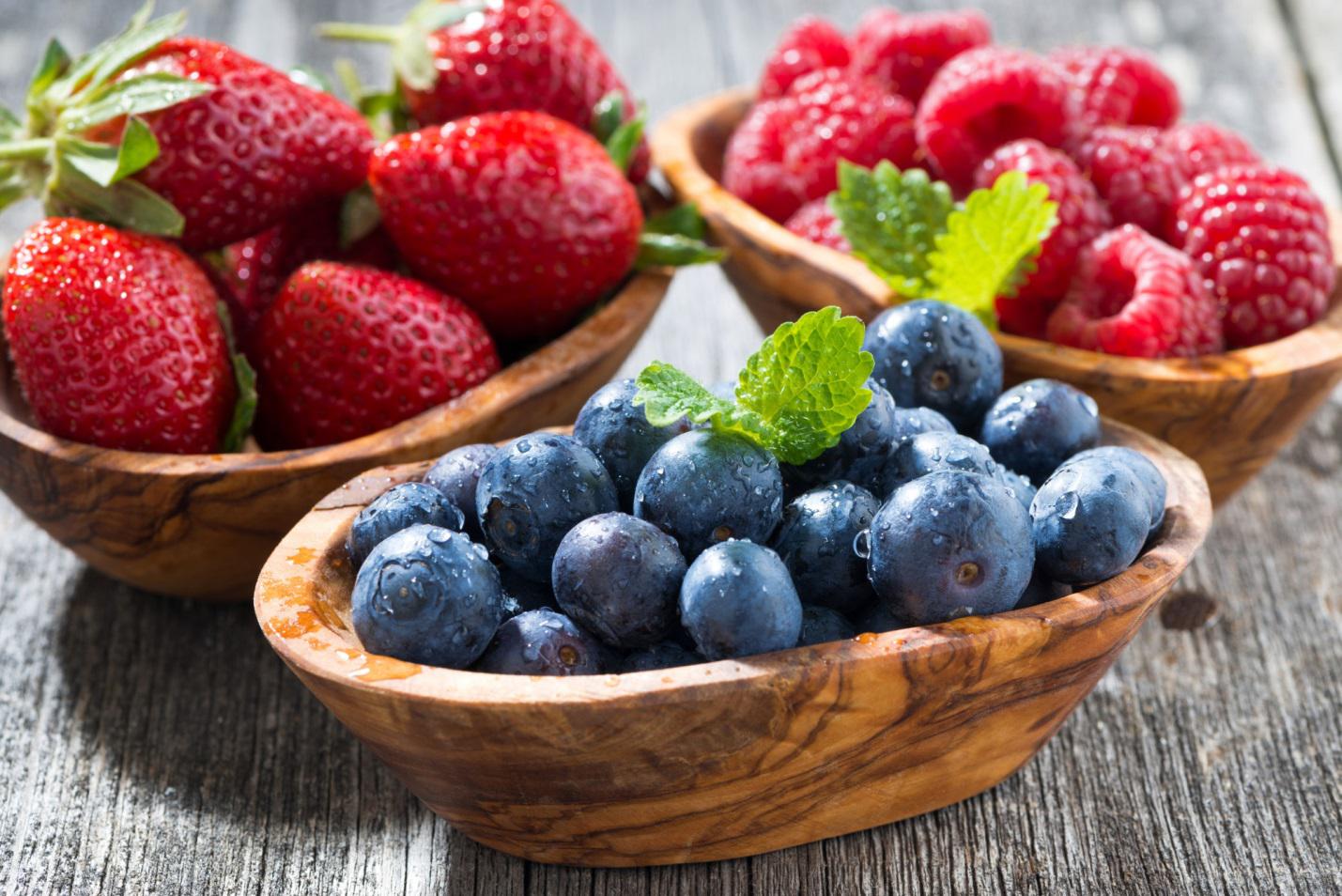
It seems like something that universal and timeless like chocolate would never need any particular advertisement. For sure Aztecs sipping their cacao beverages over 4.000 years ago had no idea how their bittersweet discovery would revolutionize the whole world (what world? Is there anybody but us here?). And how from that point we would end up with the neverending food industry competition — including the chocolate business!
Advertising became an integral part of successful selling. No ads — no income. Although advertising trends are very changeable. Entrepreneurs think that without as many as possible advertisement tools their business will go down like the Titanic, and our generation of consumers is getting more and more aware of their sneaky techniques, and for sure despise their often aggressive and dishonest marketing methods.
How do chocolate artisans and vendors manage to stay afloat without facebook ads and giving away their chocolate samples on the streets? It’s not only about the quality of alternative organic dark chocolate bars or different vegan white chocolates in the offer of various chocolatiers. The chocolate entrepreneurs are aware of another important aspect besides quality: the power of design.
Don’t Judge The Chocolate by Its Cover?
The ultimate weapon of a product should be its quality, that’s an undeniable fact. Although to help the product get noticed first, it’s necessary to understand and use wisely the design of the packaging. The packaging makes the first impression. It’s like a first message to the potential client. With the design, you can inform consumers about the product’s purpose and qualities, and your brand’s philosophy.
The chocolate packaging design should reflect what’s most valuable and distinctive for your company and each chocolate bar individually. Design covers not only the graphic aspect but also the shape of the packaging and the kind of material.
Perfect Chocolate Material
The material used for the chocolate wrapping plays a surprisingly significant role in the show of tempting customers. Environmentally-friendly movement and trends reached the chocolate market, as well. Especially independent chocolate vendors tend towards biodegradable materials like recycled paperboard or ecological films. Craft chocolate professionals – chocolatiers and designers appreciate the simple, traditional elegance of natural packaging materials.
It’s also about the experience of touch. A distinctive texture of packaging gives more value to the product. A bar of specialty chocolate wrapped up in something more solid than just a piece of printed film or thin glossy paper draws attention much more effectively. A well-thought packaging can turn a bar of good chocolate into a sophisticated gift.
As customers, we usually are visual — we either like what we see at a store or not. If we don’t like the box that chocolate pralines are packed in, we probably won’t buy this particular product and will decide to buy a competing brand’s treat. Especially if we’re looking for sweets that are going to be a gift for someone, the aesthetics of packaging is crucial.
However, there’s one more design factor that can deepen our chocolate experiences, and that is…
The Design of The Chocolate Itself
The design of a treat is the final visual message from a chocolatier that is supposed to turn our imagination on ultimately. The color, decoration, and shape of chocolate bars and pralines matters, as well. The shape in particular.
Let’s take Cadbury, for instance. In 2012 the company decided to change the shape of their chocolate bar. From then on the bars are divided into ovoid pieces instead of ordinary rectangles. Such a change of the shape has a huge impact on our perception of taste. Cadbury’s chocolate has always been famously sweet and creamy but the new round shape strengthens and perpetuates the divinely melting experience.
The shape can also turn this sweet cacao treat into something absolutely iconic. Just take a look at the biggest chocolate legends — Toblerone’s peaks, KitKat’s four fingers, Guylian’s seashells, Ritter Sport’s handy but full-size square chocolate bars, Aero’s bubble chocolate or Reese’s peanut butter chocolate cups. Many famous chocolate brands have even gone through some legal battles in order to protect and register the shape as their trademarks!
Confectionery companies play with various marketing tools to seduce all our senses. Catchy slogans, suggestive video ads, but also their products themselves. The process of designing functional and aesthetic chocolate boxes requires a very specific way of thinking. The companies are hiring different artists and media specialists just to get our attention while we’re taking a walk between the store shelves.
The design doesn’t weaken the role of chocolate’s quality. We might choose the visual aspect over the product’s quality once but we probably wouldn’t do it again. A good design works only when combined with a good product. It’s like with dating — you want to look especially good on your first date but it’s your mind and heart that will lead you to the second one.
